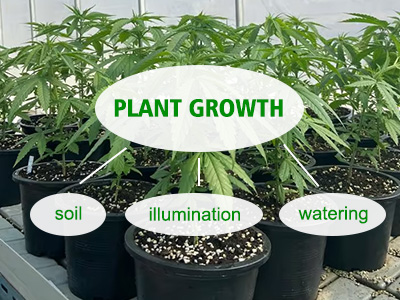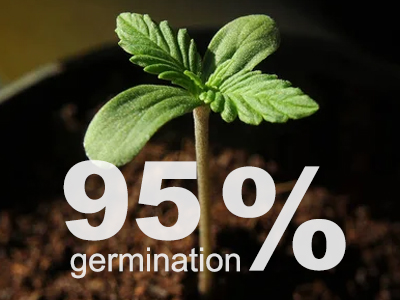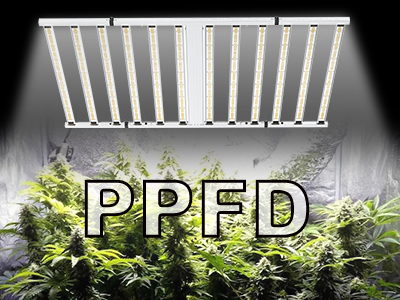Decades ago, if someone told me that I could grow fresher vegetables indoors than outdoors. I think I would probably scoff: Hey, man, are you kidding me?
But now, I am still too ignorant and do not understand the power of technology.
So what is it that solves this situation? ——Grow lights
What is a plant grow light?
A grow light is actually a specially designed light that emits light that mimics sunlight.
We all know that plants need sunlight for photosynthesis, which is to use sunlight to convert water and carbon dioxide into the food they need and release oxygen. But sometimes, especially in winter or indoors, when there is insufficient sunlight, plant growth lights are particularly important. By accurately controlling the intensity and duration of light, they provide the best growing environment for plants, allowing you to enjoy better conditions than outdoors. Grow fresher, more nutritious vegetables.
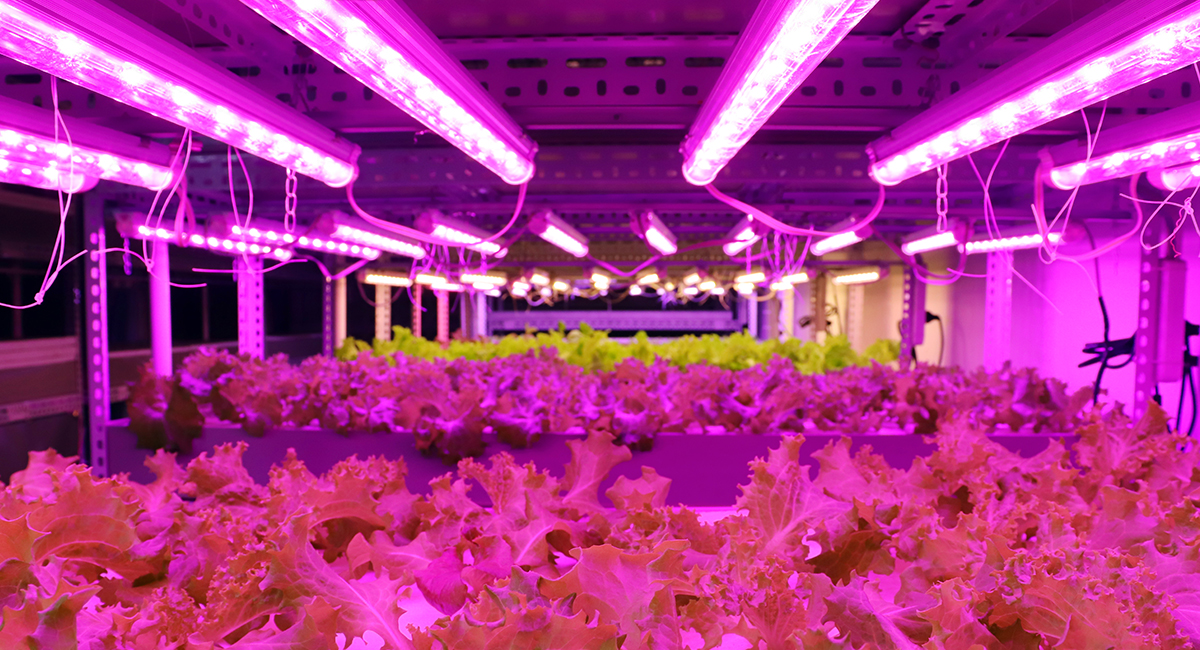
There are many types of grow lights, from LED to CFL to HPS. LED grow lights are becoming more and more popular due to their high energy efficiency and low heat output. Not only are they energy-saving, but they can precisely control the emitted light spectrum to provide the best light environment for plants.
OK, next, let’s take a look at where plant growth lights are showing their talents now.
For those who like to grow small green plants or vegetables at home, you can try some low-power growing lights to ensure that they can make your small green plants grow more beautiful and dense, and the fruits will be big and sweet.
Of course, in addition to homes, commercial farms are also a common place. How cool would it be to think of being able to grow vegetables and fruits year-round? Plant growth lights can help you, so that your crops are no longer subject to seasonal restrictions, increase yields, and achieve harvests year after year. Especially in areas with short daylight hours and insufficient light intensity, grow lights are a lifesaver.
In addition, plant growth lights are also a good helper for scientific researchers and school teachers. Whether it is conducting plant growth experiments or teaching demonstrations, with plant growth lights, experimental and teaching conditions can be more accurately controlled, making the plant growth environment more stable and the data more reliable.
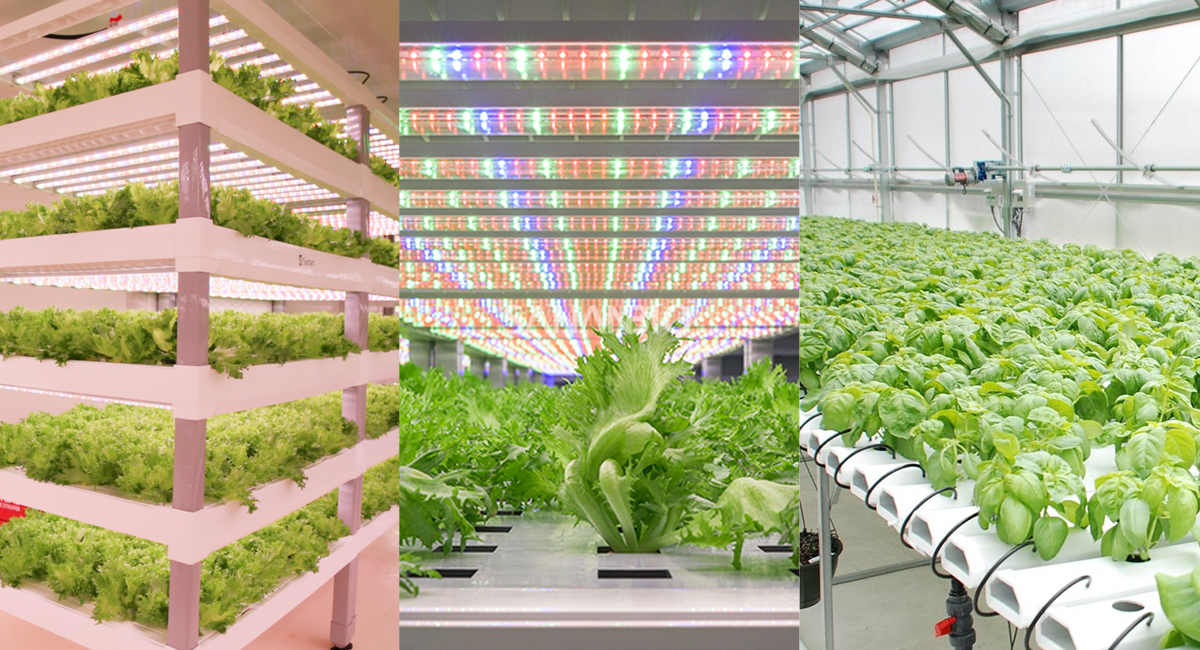
However, don’t use it blindly when growing plants. Here are a few things to note.
First, think about what your plants need. Different plants have different light needs. Some may need more light, others less. Also, plants have different light requirements at different stages of growth. For example, seedlings that have just sprouted and plants that are about to bloom require different light intensity and duration.
Next, there is the issue of placement of grow lights. The height of the lamp from the plants is critical. If it is too close, it may burn the plants. If it is too far, the plants will not get enough light. Therefore, it is important to find that "just right" distance. Often, lamps will have a recommended distance for use, but the best way is to observe your plants and see how they react.
Then, we're going to talk about light time. How many hours of light do plants need in a day?
This also depends on the type and growth stage of the plant. Some plants may require long periods of light, while others require shorter periods of time. A timer can help you control the lighting time, making everything automated and easier to manage.
Finally, don’t forget that grow lights also require maintenance. Check your lights regularly to make sure they are working properly and free of dust or damage. This ensures that plants receive stable and continuous light.
Plant growth lights are an effective substitute for natural light and a powerful assistant to accelerate plant growth. They break the boundaries of season and geography, allowing us to grow healthy, thriving plants year-round. Whether you're new to indoor gardening or a commercial farm looking to increase crop yields, grow lights are worth a try.
If you have any questions about how to choose and use grow lights, or want to learn more tips on how to make your plants thrive, don’t hesitate to contact us by clicking on the box below. We have the most professional team to provide you with personalized solutions to make your planting life more exciting.





















